Puglia's rich medieval heritage
Holy Roman Emperor Frederick II built 'the most flawless of all medieval European castles' in the southern Italian region
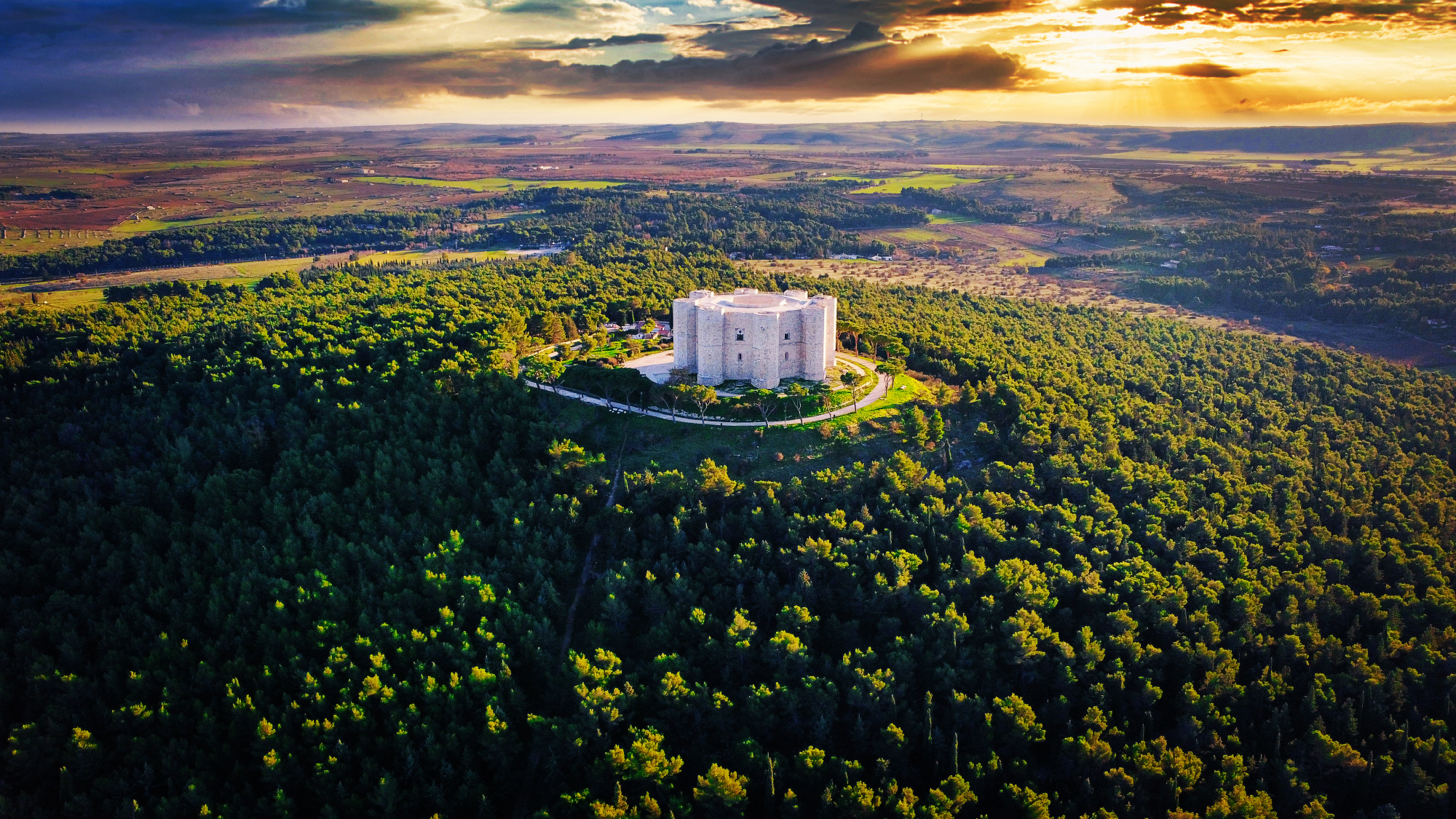
The southeastern province of Puglia "feels a world away from the more familiar landscapes of central Italy". Its historic buildings are whitewashed, for instance, a tendency perhaps dating from its centuries under Greek-Byzantine rule. But I went in search of a different aspect of its heritage, said William Dalrymple in the Financial Times – the extraordinary legacy of the Holy Roman Emperor Frederick II and his Arab subjects.
A brilliant, freethinking "polymath" known as "Stupor mundi" or Wonder of the World, Frederick ruled over a swathe of Europe in the early 13th century, stretching from Sicily to the Baltic. But it seems he was particularly keen on Puglia, and especially on the large home he built for himself here – the Castel del Monte, "the most flawless of all medieval European castles".
A "dazzling" white octagon with eight octagonal corner towers, the castle was most likely influenced by Islamic models and, in its "harmony of proportions", foreshadows Renaissance architecture by 200 years. Here, Frederick – "a model of inquisitive tolerance" regarded as the Antichrist by some clerics – surrounded himself with "men of genius" from the Arab, Greek and Jewish, as well as the Latin Catholic, communities, with whom he discussed science, mathematics and philosophy. Today, the castle is a Unesco World Heritage site, and its high, vaulted ceilings and "superb" marble fireplaces are well preserved.
The Week
Escape your echo chamber. Get the facts behind the news, plus analysis from multiple perspectives.

Sign up for The Week's Free Newsletters
From our morning news briefing to a weekly Good News Newsletter, get the best of The Week delivered directly to your inbox.
From our morning news briefing to a weekly Good News Newsletter, get the best of The Week delivered directly to your inbox.
To the north sits the town of Lucera, to which, in 1222, Frederick relocated all the Muslims who had remained in Sicily after the Normans drove out the island's Arab rulers in the 11th century. Fifty years after his death, they were expelled, but for decades before then, Lucera was a "functioning Islamic city", a sort of "Italian Granada". It is "exceptionally beautiful", as is nearby Troia. Arab craftsmanship can still be seen in both, from the carved wooden ceilings of Lucera to the "filigree latticework" of the rose window in Troia's glorious cathedral.
A free daily email with the biggest news stories of the day – and the best features from TheWeek.com
-
 What role will Trump play in the battle over Warner Bros. Discovery?
What role will Trump play in the battle over Warner Bros. Discovery?Today’s Big Question Netflix, Paramount battle for the president’s approval
-
 ‘The menu’s other highlights smack of the surreal’
‘The menu’s other highlights smack of the surreal’Instant Opinion Opinion, comment and editorials of the day
-
 Education: More Americans say college isn’t worth it
Education: More Americans say college isn’t worth itfeature College is costly and job prospects are vanishing
-
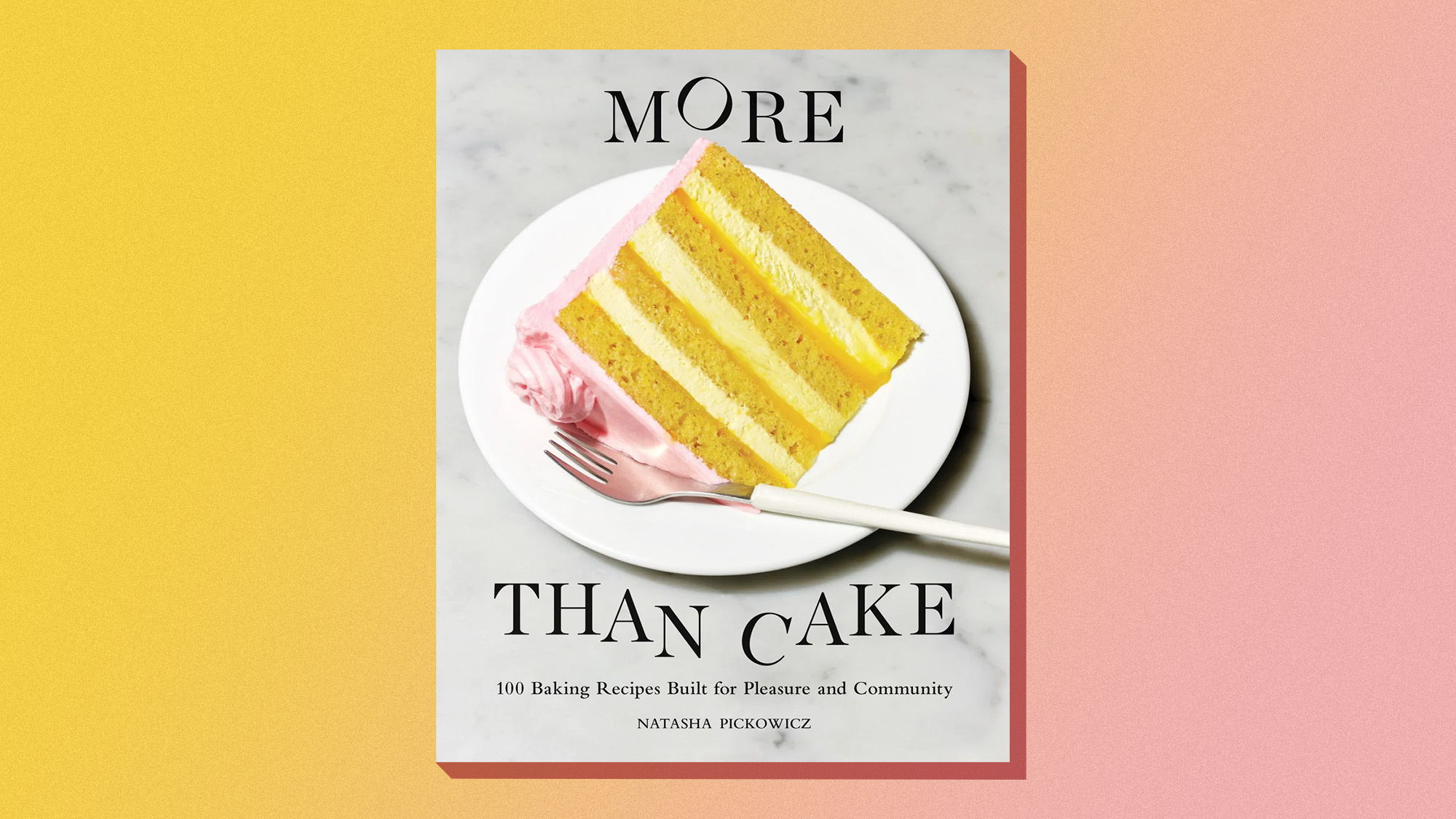 One great cookbook: Natasha Pickowicz’s ‘More Than Cake’
One great cookbook: Natasha Pickowicz’s ‘More Than Cake’the week recommends The power of pastry brought to inspired life
-
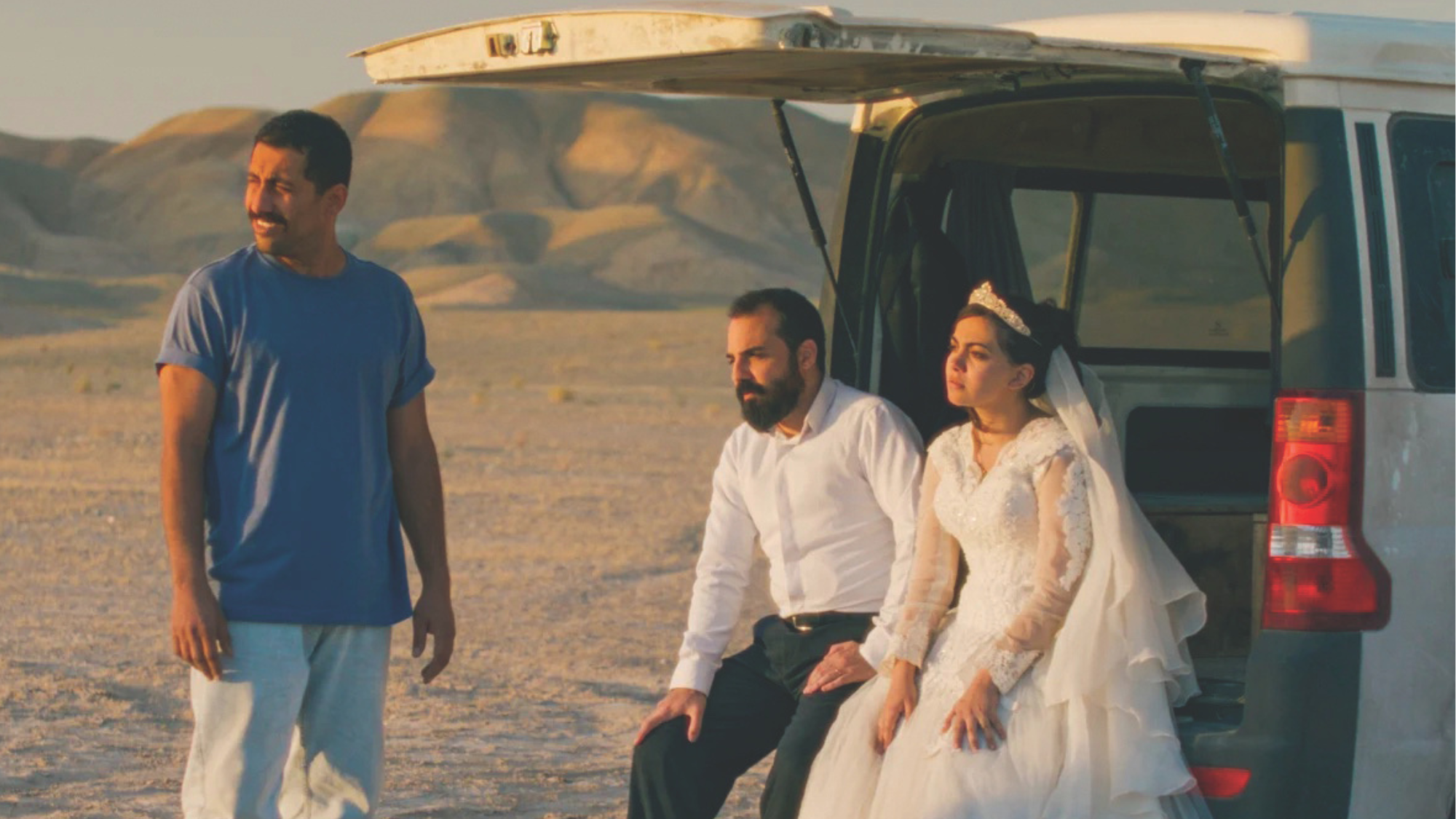 It Was Just an Accident: a ‘striking’ attack on the Iranian regime
It Was Just an Accident: a ‘striking’ attack on the Iranian regimeThe Week Recommends Jafar Panahi’s furious Palme d’Or-winning revenge thriller was made in secret
-
 Singin’ in the Rain: fun Christmas show is ‘pure bottled sunshine’
Singin’ in the Rain: fun Christmas show is ‘pure bottled sunshine’The Week Recommends Raz Shaw’s take on the classic musical is ‘gloriously cheering’
-
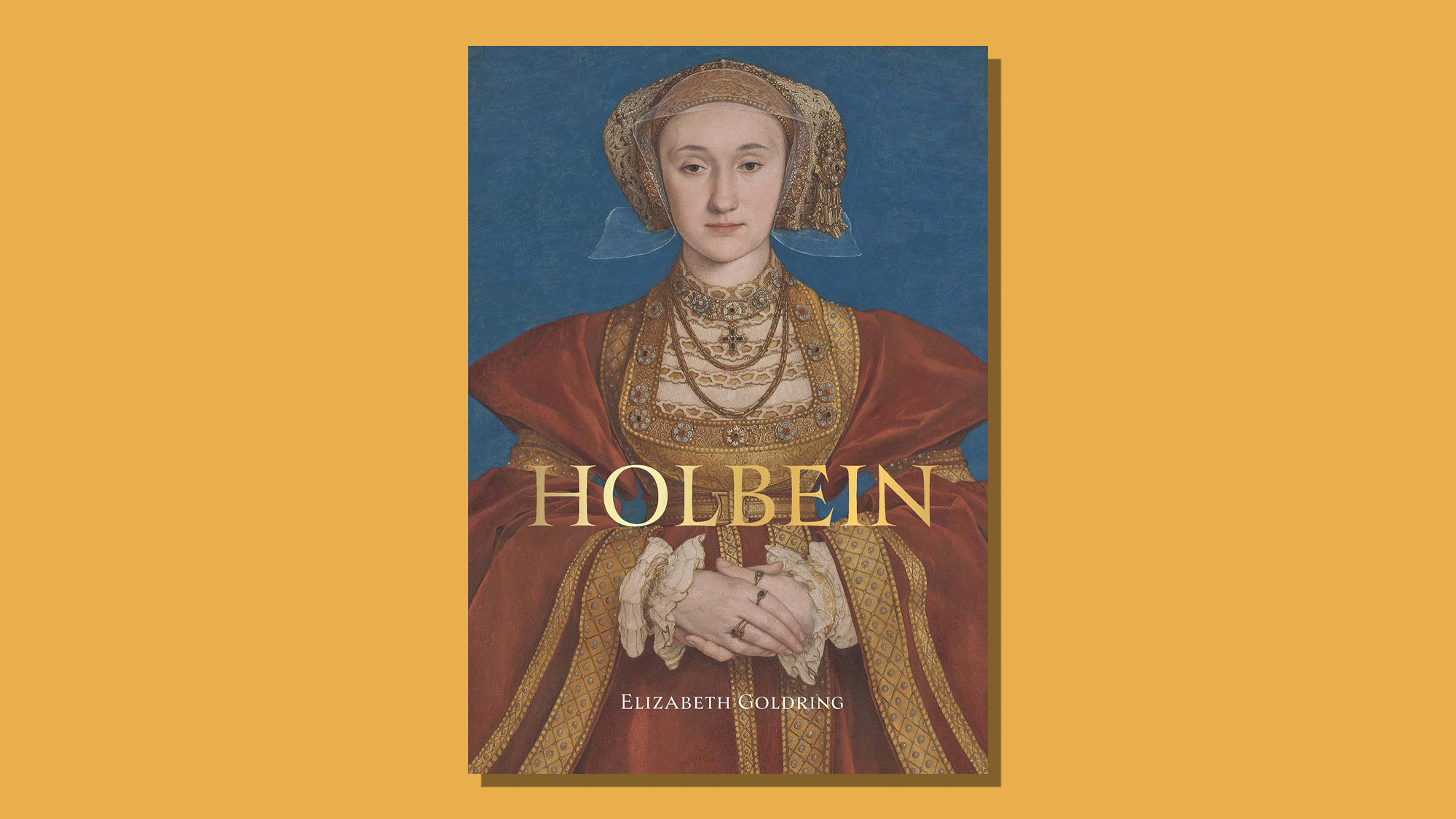 Holbein: ‘a superb and groundbreaking biography’
Holbein: ‘a superb and groundbreaking biography’The Week Recommends Elizabeth Goldring’s ‘definitive account’ brings the German artist ‘vividly to life’
-
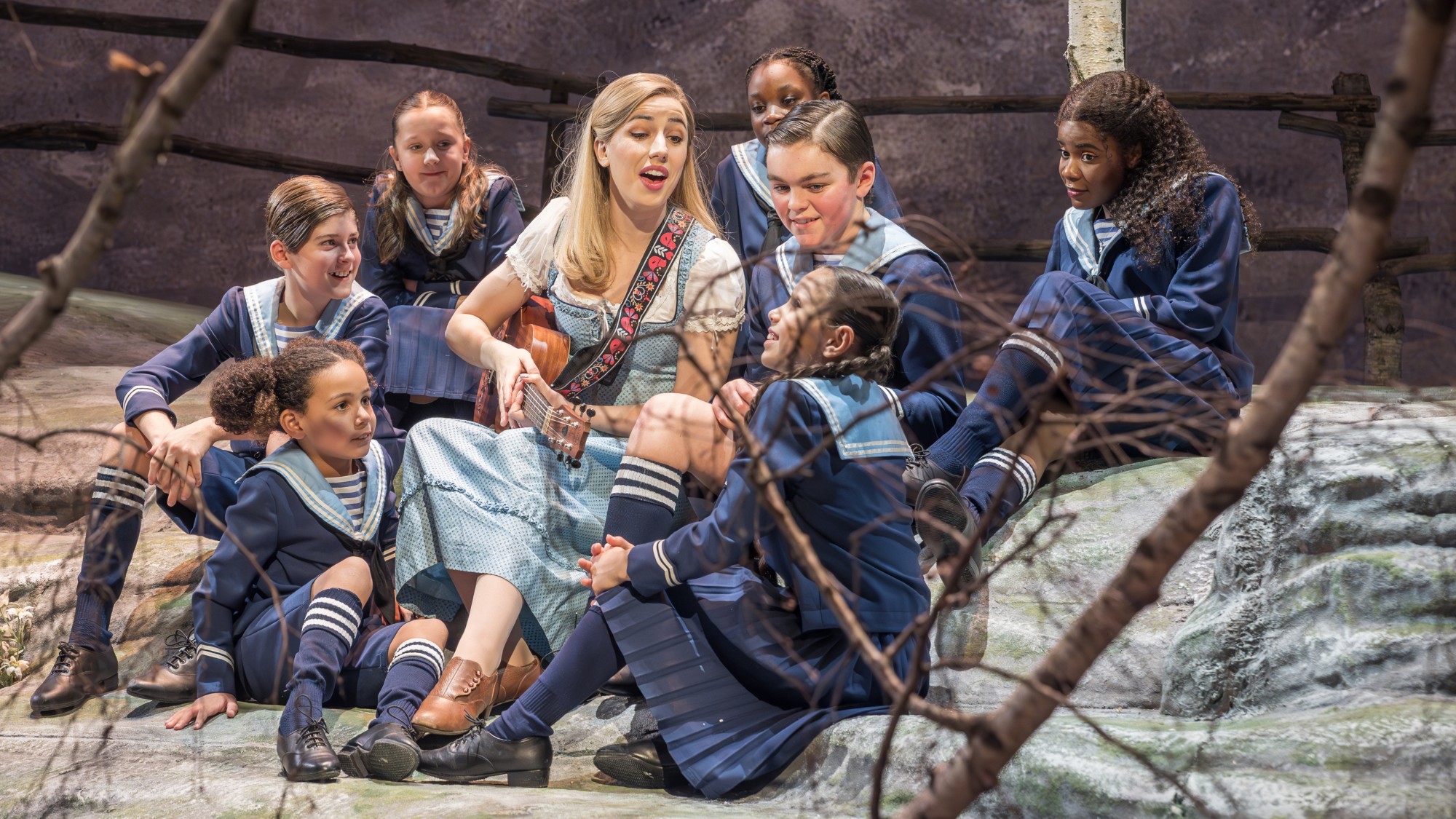 The Sound of Music: a ‘richly entertaining’ festive treat
The Sound of Music: a ‘richly entertaining’ festive treatThe Week Recommends Nikolai Foster’s captivating and beautifully designed revival ‘ripples with feeling’
-
 ‘Furious Minds: The Making of the MAGA New Right’ by Laura K. Field and ‘The Dream Factory: London’s First Playhouse and the Making of William Shakespeare’ by Daniel Swift
‘Furious Minds: The Making of the MAGA New Right’ by Laura K. Field and ‘The Dream Factory: London’s First Playhouse and the Making of William Shakespeare’ by Daniel SwiftFeature An insider’s POV on the GOP and the untold story of Shakespeare’s first theater
-
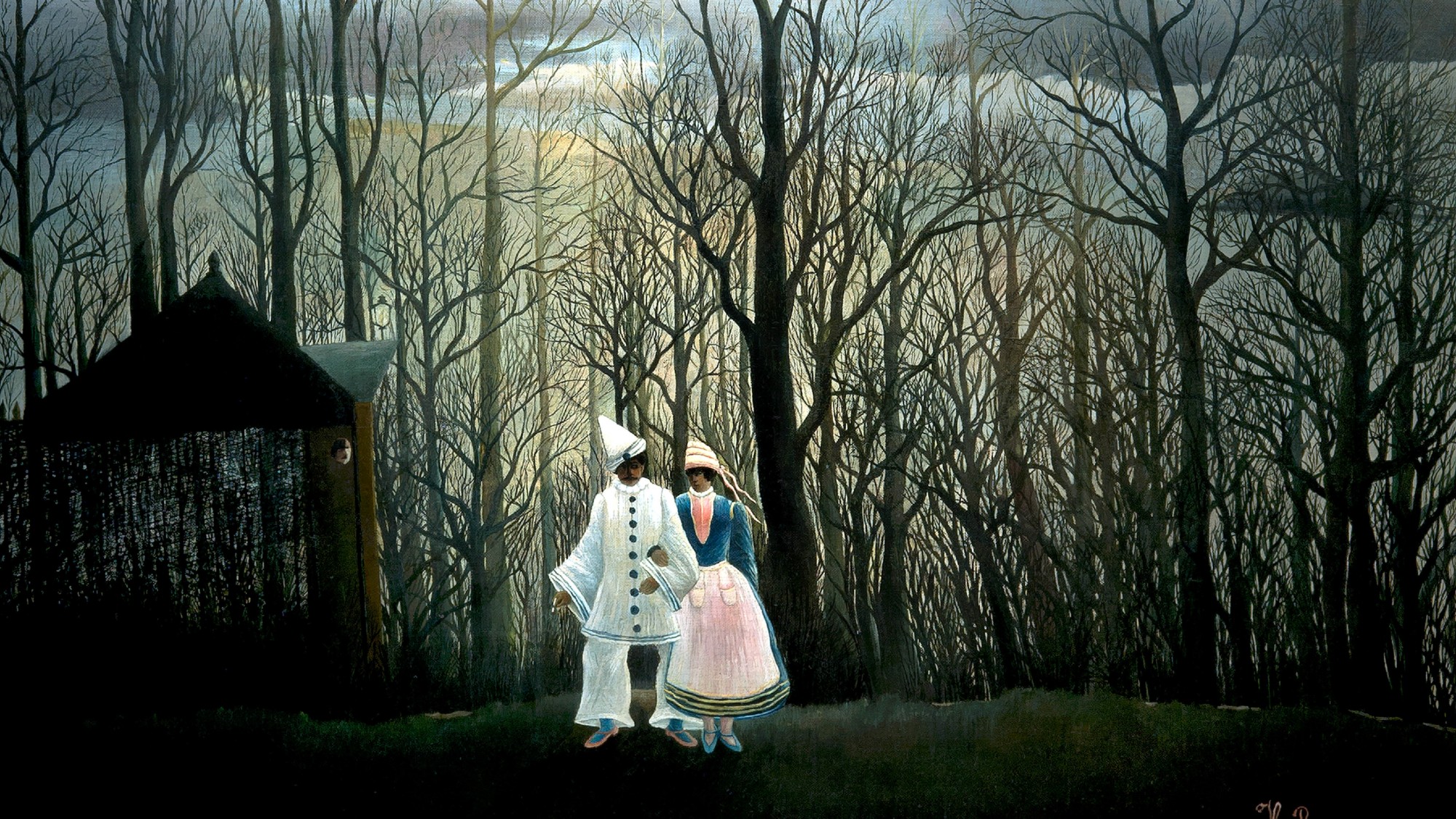 Henri Rousseau: A Painter’s Secrets
Henri Rousseau: A Painter’s Secretsfeature Barnes Foundation, Philadelphia, through Feb. 22
-
 11 extra-special holiday gifts for everyone on your list
11 extra-special holiday gifts for everyone on your listThe Week Recommends Jingle their bells with the right present